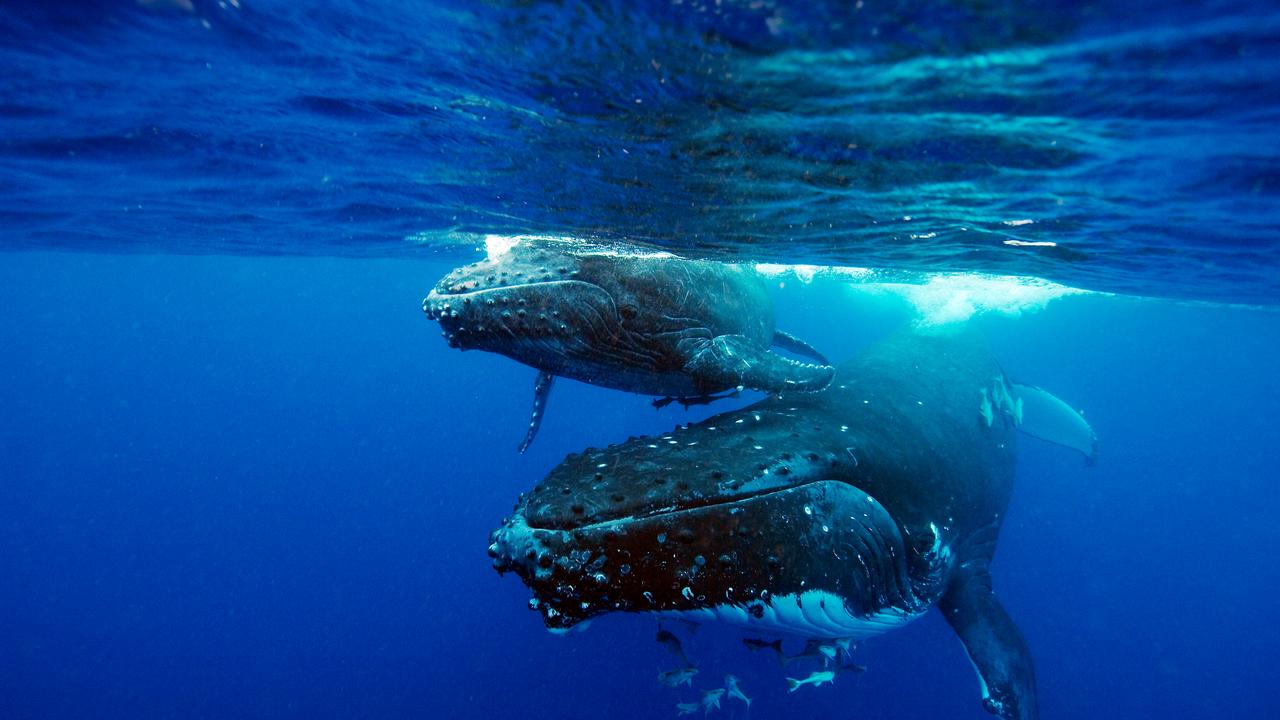Could the world intervene and decide drilling is not on for SA’s natural wonder?
A BID to the United Nations is being prepared to have the Great Australian Bight recognised as a World Heritage site, elevating it to the same status as the Great Barrier Reef.
- Oil and gas drilling — it’s going to happen
- Spill good for local businesses — BP
- Holdfast Bay joins Bight fight
- 2018 start date for Bight oil drilling
A BID to the United Nations is being prepared to have the Great Australian Bight recognised as a World Heritage site, elevating it to the same status as the Great Barrier Reef and giving it greater environmental protection.
To coincide with World Heritage Day today, groups opposed to oil exploration in the area will launch a global campaign to nominate the vast area to be included on the register.
The launch will be the start of a long process for listing, which is overseen by the United Nations and reserved for the earth’s most significant environmental and cultural areas. Any listing would make it much harder for oil and gas drilling, which has been fiercely resisted since prospecting by companies began in 2014, to be approved.
If the bid is approved, drilling for oil or gas would only happen under much stricter controls, however there would be no blanket ban on current proposals.
Greens Senator for South Australia Sarah Hanson-Young said experts were confident the largely undisturbed area would meet the strict criteria required for sites of global significance. She said the Bight contained more marine diversity than the already listed Great Barrier Reef, with 85 per cent of its species not found anywhere else on earth.

The Bight also supports 36 species of whales and dolphins and sustains one of the world’s most important nurseries for the endangered southern right whale, she said.
“The Great Australian Bight is under increasing threat from multinational fossil fuels companies wanting to drill for oil and gas, risking tourism and fishing industries, coastal communities and the precious marine life that call it home,” she said.
“Just last year, scientists discovered 275 species and a further 887 species already known to science were found in the Bight for the first time.
In the early 1990s, both Liberal and Labor state governments supported a push for World Heritage listing, but by 1996 this had been watered down to a marine conservation park status. Kangaroo Island Mayor Peter Clements said it was time for the many local communities along the Bight coastline to rally together to support the nomination.
Councils between Port Lincoln and Western Australia are divided on the issue, but Mr Clements said he had this month written to all mayors in the region seeking a united front to protect the region and its existing industries; tourism and fishing.
“World Heritage listing will be the final nail in the coffin for oil and gas drilling in the Bight,” Mr Clements said. “The industry already knows the risks (due to weather and coastline conditions) in the area make it the most dangerous for mining and listing would recognise the extremely important values of the area.’’

Wilderness Society South Australia director Peter Owen said: “Commonwealth Marine parks cover the most significant areas of the Bight after long campaigns for protection but there is no doubt the area justifies the highest protection, which is World Heritage status’’.
The global marine activist organisation Sea Shepherd supports the plan, as does former Greens Senator Bob Brown. The Federal Government’s National Offshore Petroleum Safety and Environmental Management Authority is currently considering a proposal to carry out oil and gas testing in the Bight at tenements within 50km of the Port Lincoln coast and 100km of Kangaroo Island.
World Heritage listing requires the Federal Government to support an application to United Nations Education, Scientific and Cultural Organisation (UNESCO). Applications are made in February each year. The only site in SA to currently be listed is the Naracoorte Caves National Park, because of the rare extinct megafauna fossils found there.
The Greens believe the earliest an application with supporting scientific evidence could be achieved would be February 2020, and are seeking bipartisan support for a “Bight 2020” campaign.
A Federal Parliamentary briefing paper provided to the Greens this month states: “It is not possible to predict what proposed activities would be prevented or restricted because it depends on what the listed World Heritage values would be and how they would be impacted by the proposed activities”.


